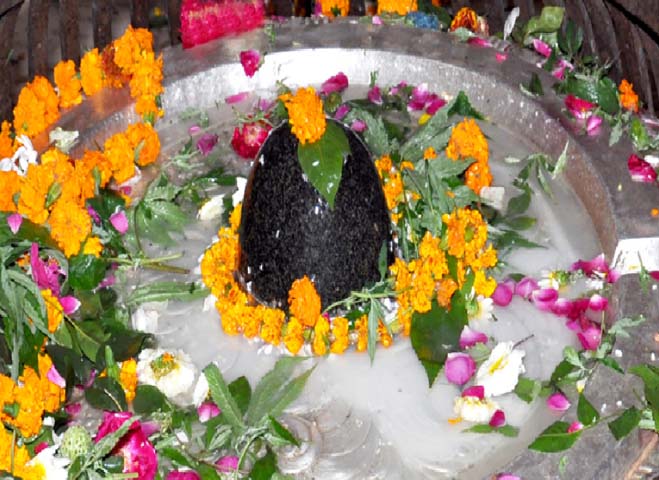The Nageshwarnath Temple is one of several temples in Ayodhya that represent India's rich culture. The religious city is home to several temples,
Nageshwar Nath Temple is one of the most ancient and sacred temples in Ayodhya, Uttar Pradesh, India and is dedicated to Lord Shiva, holds great religious and historical significance in the city.

The Nageshwar Nath Temple is a classic North Indian temple with elaborate carvings and a spire. It offers a peaceful atmosphere that makes it a serene spot for both devotees and tourists. Temple is devoted to Lord Shiva and is situated along the banks of the Saryu River. The best time to visit the temple is during the Shivratri festival.


Many anecdotes about the Nageshwarnath temple can be found in ancient manuscripts. According to the local folklore the temple was founded by Kush, the younger son of Lord Rama. It is believed that Kush lost his armlet while bathing in the Sarayu River. A Nag Kanya (serpent maiden) found it and returned it to him. Out of gratitude and her devotion to Lord Shiva, Kush constructed this temple. As a result, the temple became a representation of respect for Shiva and is regarded as one of Ayodhya's oldest Shiva temples.
This temple is open all days throughout the year. The darshan times are from 5 a.m. to 8 p.m. The entry is completely free.
Arati Timing:
5 a.m. to 6 a.m./ 8 p.m. to 8:30 p.m.
Bhog Time
12 to 2 p.m.